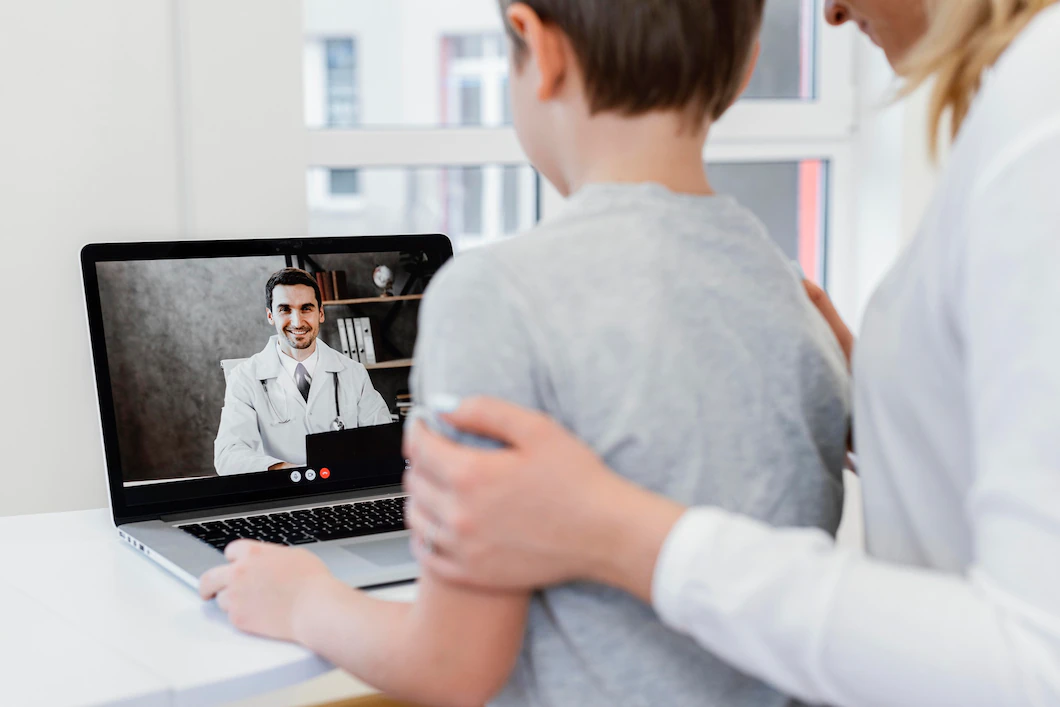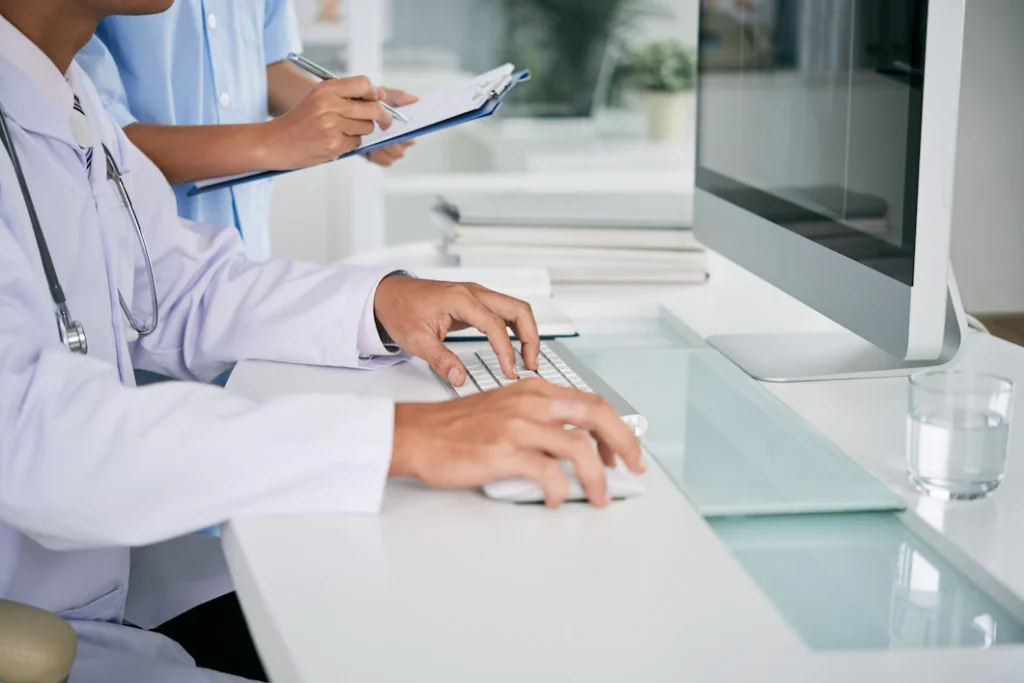As the ever-evolving technology continues to revolutionize various fields, healthcare hasn’t dragged. The field’s sensitivity means stringent measures must be taken to ensure safety. Nonetheless, technology continues to positively impact service delivery, patient and caregiver connections, and the financial aspects, to mention a few areas. Today, telehealth, for example, is no longer a futuristic idea but a solution that continues to prove its worth.
Remote patient monitoring (RPM) is among the telehealth aspects that continue to deliver notable results. Healthrecoverysolutions.com allows healthcare providers to leverage medical technology to track, analyze, and report findings about a patient’s condition outside a traditional hospital setting. With the many medical devices in the modern arena, RPM can provide a real-time understanding of a patient’s condition. This is a crucial aspect, especially in the management of chronic conditions. The access allows healthcare providers to put proactive clinical measures in place, offering improved care.
RPM benefits every healthcare stakeholder. The patients are arguably the biggest winners. This is especially with the ever-rising medical needs. Among the top benefits RPM delivers to patients include:
Health consciousness
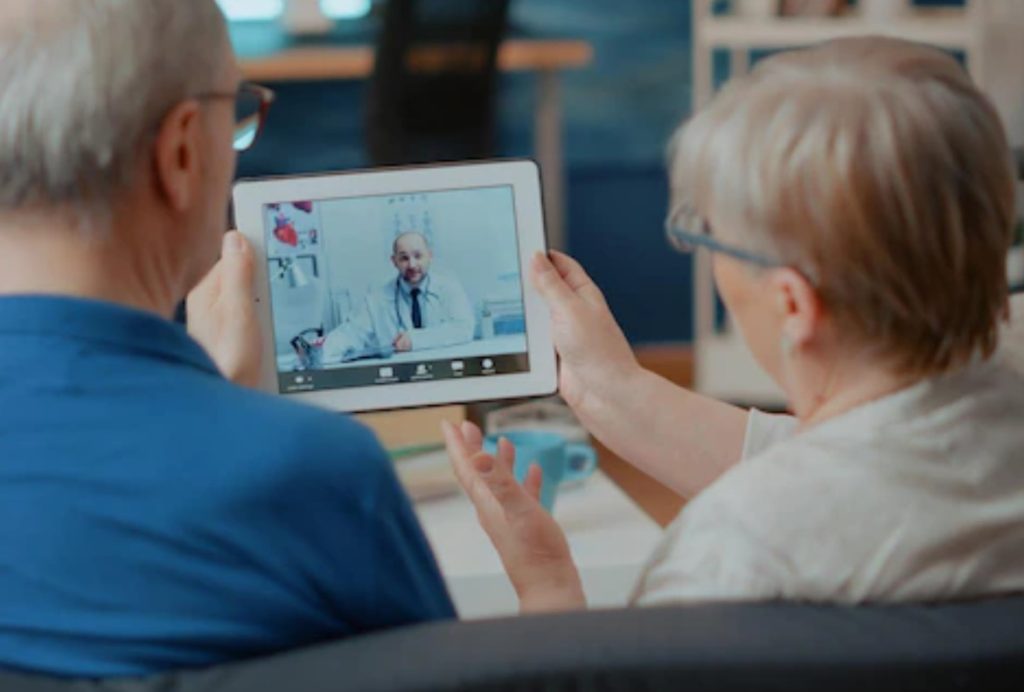
Are you a passive or active patient? Most patients are passive. This means they are not active during consultations or in their medical care process. Inactive patients aren’t the best. This is since they hardly follow the doctor’s recommendation, especially if their health concerns subside. RPM promotes health consciousness by tipping patients to become more involved in their healthcare.
Medical device use means patients are more engaged and accountable for their healthcare regimen. This translates to improved care quality since they are more likely to follow the recommendation or even go a step further to stay healthy. Active patients are hungry for information that enhances their progress. With RPM, even the most passive patient gets engaged to a certain level. This makes it easier to realize better progress and results.
Accessibility
RPM lessens the load on healthcare providers. This improves their accessibility. As a patient, you will have an easier time accessing the attention you need. This includes various specialists. With the more direct connection facilitated by RPM, patients can quickly access timely and practical help.
Moreover, healthcare quality improves. This is following the real-time data streams. The data equip healthcare providers with the critical information they need to tailor better medical care. This translates to quality medical care, which is crucial, especially when managing chronic conditions.
Comfort
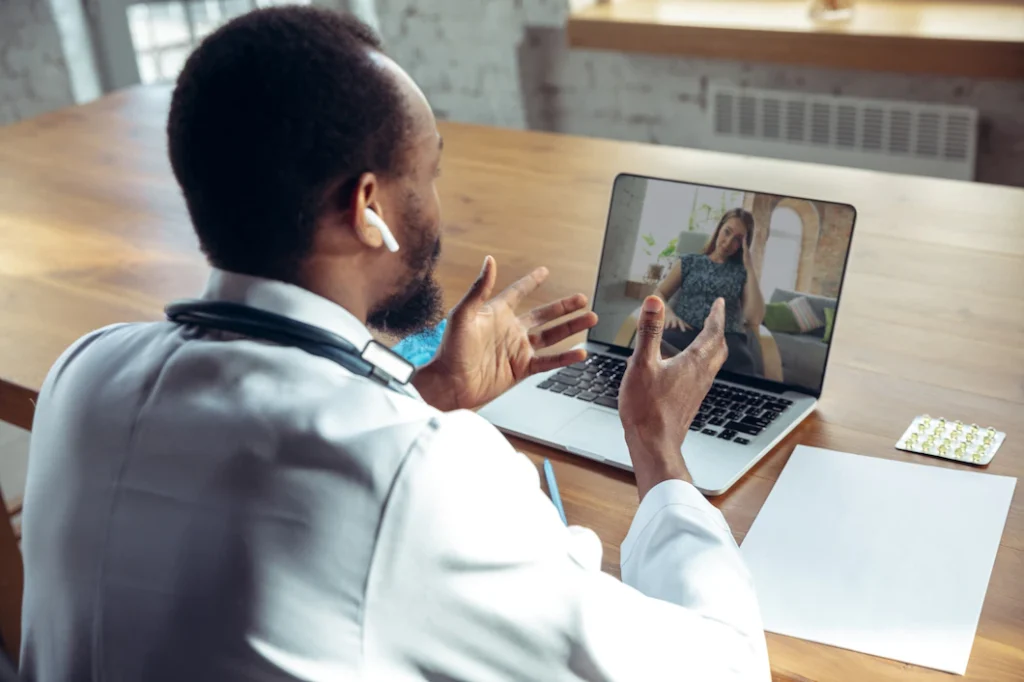
Hospital beds aren’t the most comfortable settings. Nonetheless, following a patient’s condition, hospitalization could be necessary for monitoring purposes. Monitoring is essential even for low-risk patients. RPM eliminates such concerns. With advanced medical devices, patients get to spend more time outside a hospital setting without affecting the monitoring quests. It is more like taking a healthcare provider home. The comfort of knowing monitoring is in progress can make the recovery process more productive. This is more so since a patient is in a familiar and comfortable environment.
Curb infections spread
Doctor’s visits are important but not always the safest. This is more so when battling a condition meaning your immune system isn’t in top shape. You want to go for a checkup, which mostly means observing your vitals. The doctor’s visit is a perfect chance to catch an infection among patients with weak immunity. All sorts of people visit the doctors, and while the spaces are cleaned and disinfected regularly, eliminating every trace of germs is impossible. As such, a patient can go for a checkup only to pick a bug on their way out. If there is a lesson more people have learned from the Covid-19 global pandemic is how inspections spread through physical contact.
RPM limits this window since a patient’s vitals can be monitored outside the hospital. With no physical contact, RPM systems equip the healthcare providers with all the data points they need to assess and offer patient quality care. The patients receive practical recommendations through the devices, phone calls, or messages, ensuring their care regimen is in line with their needs. This translates to healthier progress without being exposed to infection spread risk, a great benefit for individuals managing chronic conditions or with weakened immunity, such as older adults.
Transparency
Transparency in medical care isn’t given as much attention, yet it impacts both parties. When patients hardly understand why their medical bills are high, they aren’t as forthcoming in settling them, which drags the process. While transparency may seem to favor the providers more due to speedy payments and fewer disputes, it is also a plus for the patients. They can easily follow up, make relevant financial arrangements, and ensure their medical care needs are well mapped on their budgets. With the many saving points and transparency, patients can better finance their medical care, giving them peace of mind as they strive to stay healthy.
Empowered patients
Misinformation is among the significant hiccups for many patients. The modern information age offers access to all sorts of generalized guides. Unfortunately, following some can be more damaging than helpful. With RPM, patients access curated information, helping supercharge their health regimen.
Valuable information, such as an update on the progress, could be all a patient needs to keep going. The reaffirmation and notes provided in the feedback can set a patient on the right path. This makes managing symptoms easier, staying on track with medications, and sticking to a healthier lifestyle. Information empowers patients, improving healthcare quality.
Improved patient-provider relationship
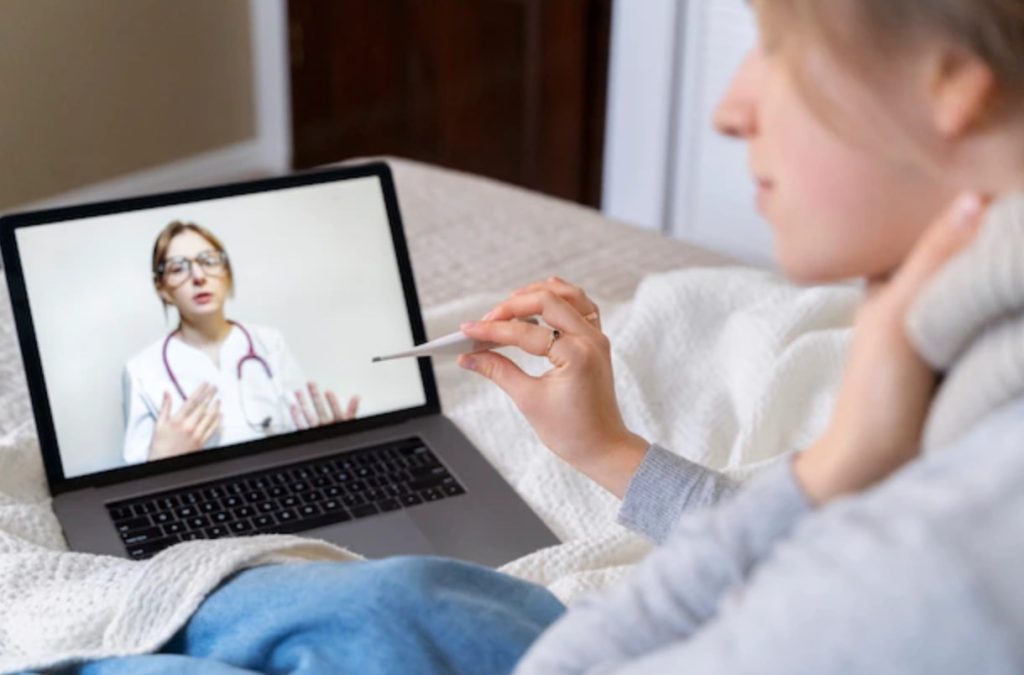
A healthy patient-provider relationship is essential. RPM facilitates the development of healthy relationships. This is through improved and more direct communications with healthcare providers. When patients can easily communicate with healthcare providers, service delivery gets better. They are more open, which enriches their medical history. Such history allows the providers to offer effective personalized care.
RPM’s popularity will keep hitting new highs in the foreseeable future. As a patient, this is more good news. This is especially with more medical devices rolling in and covering a broad range of healthcare needs. Moreover, with innovative and simplified devices, patients can easily navigate them. This further makes it easier to stay engaged in their healthcare processes.
Remote patient monitoring continues to drive consumers to be engaged in their healthcare, be health conscious, and stay in the know through education, support, and timely feedback.
